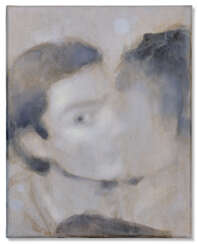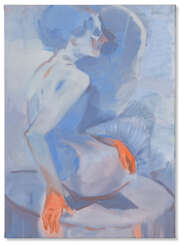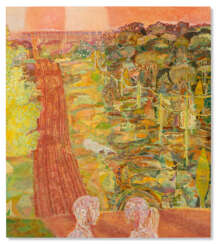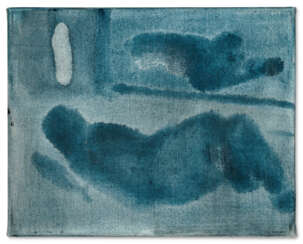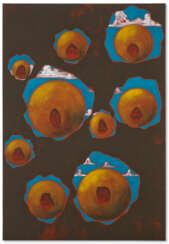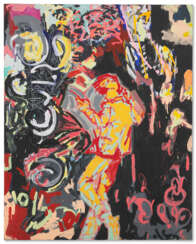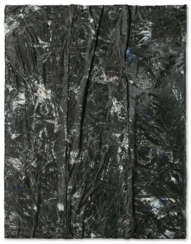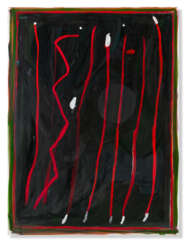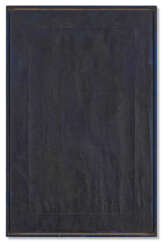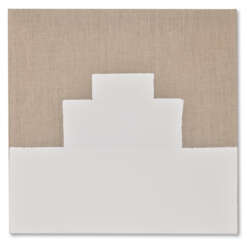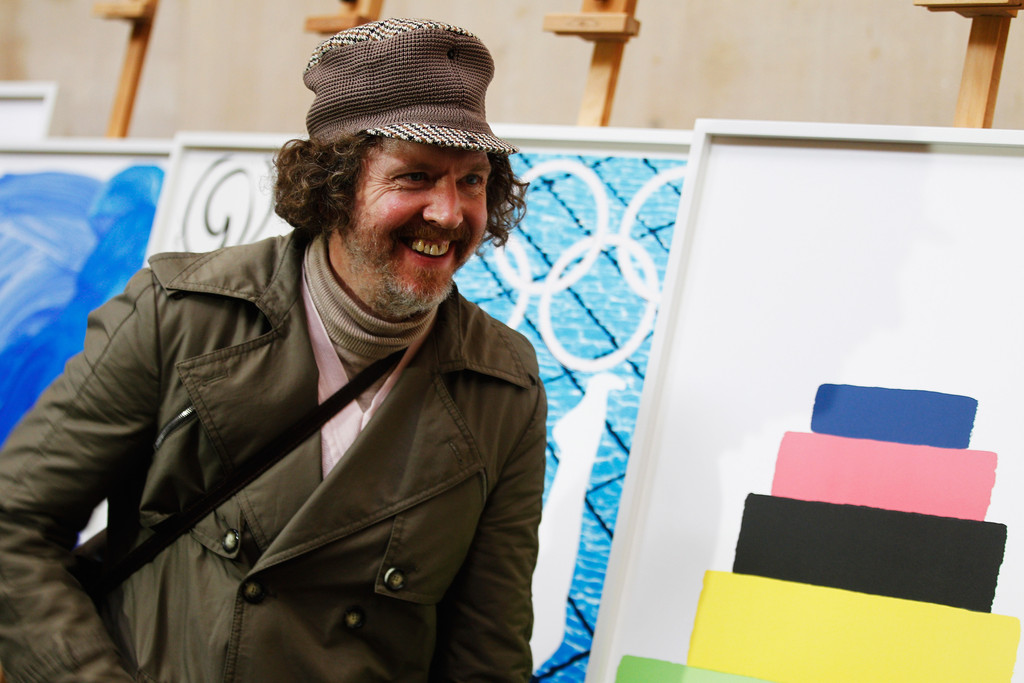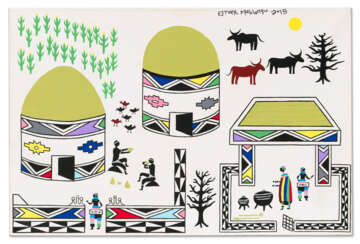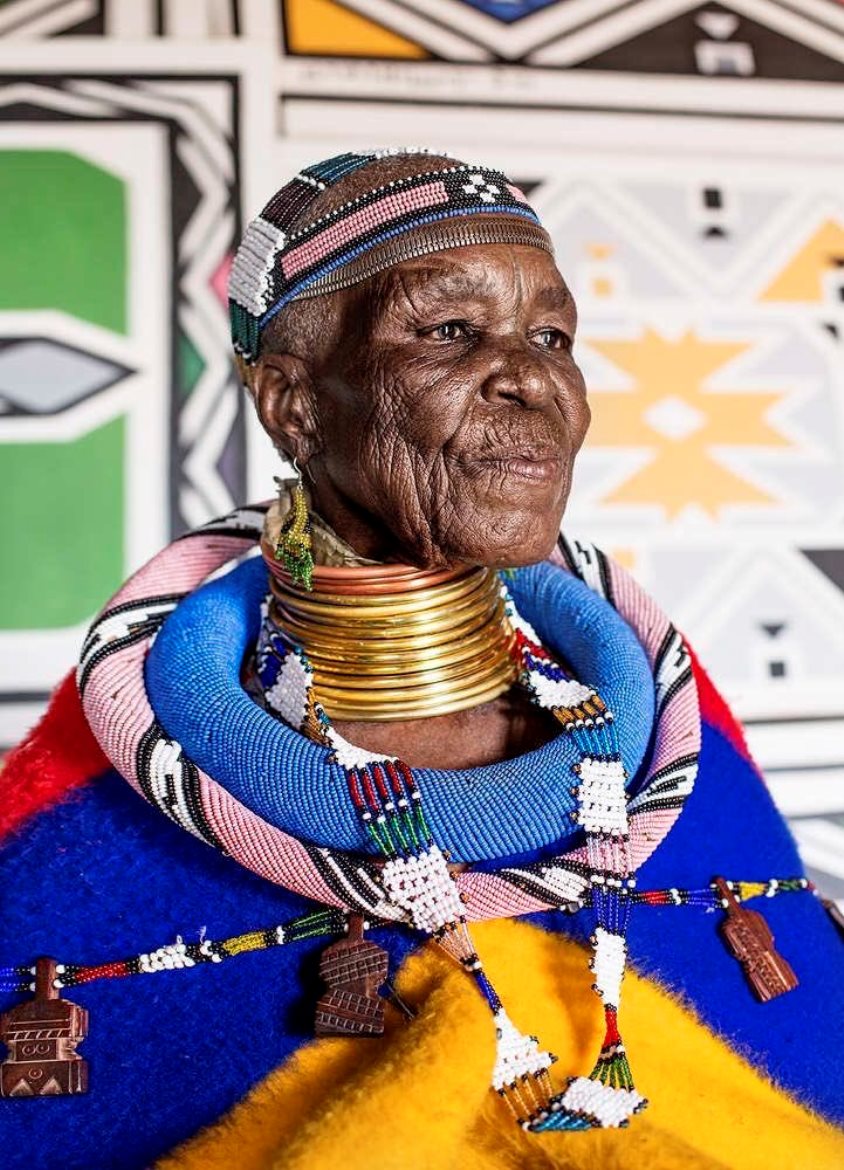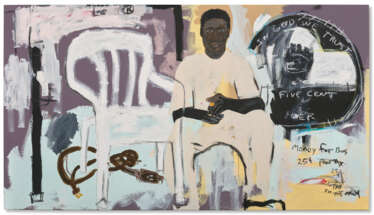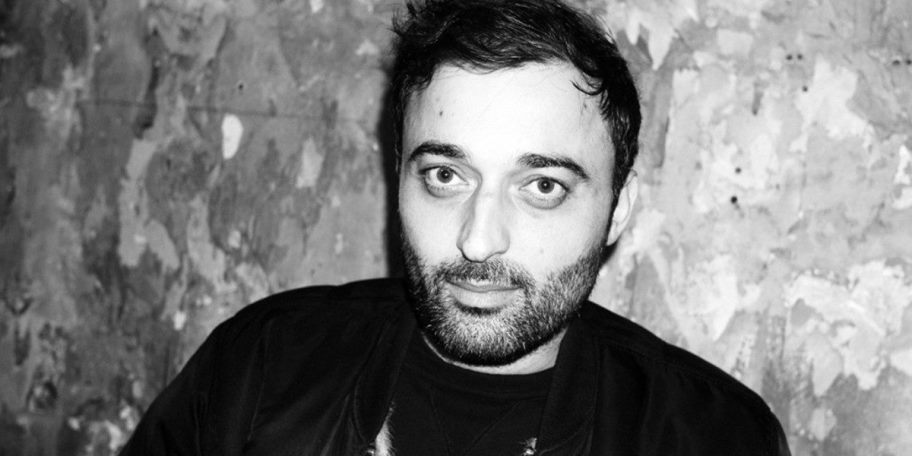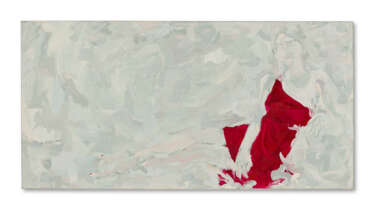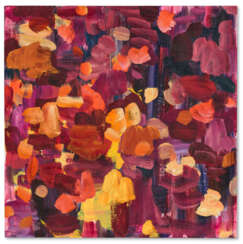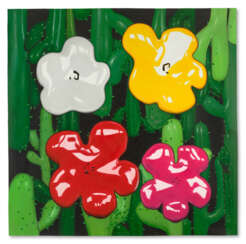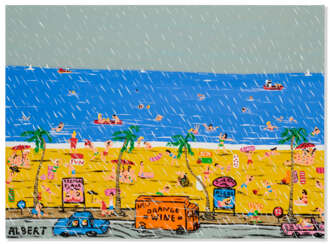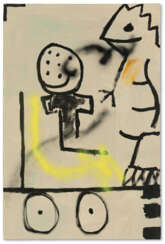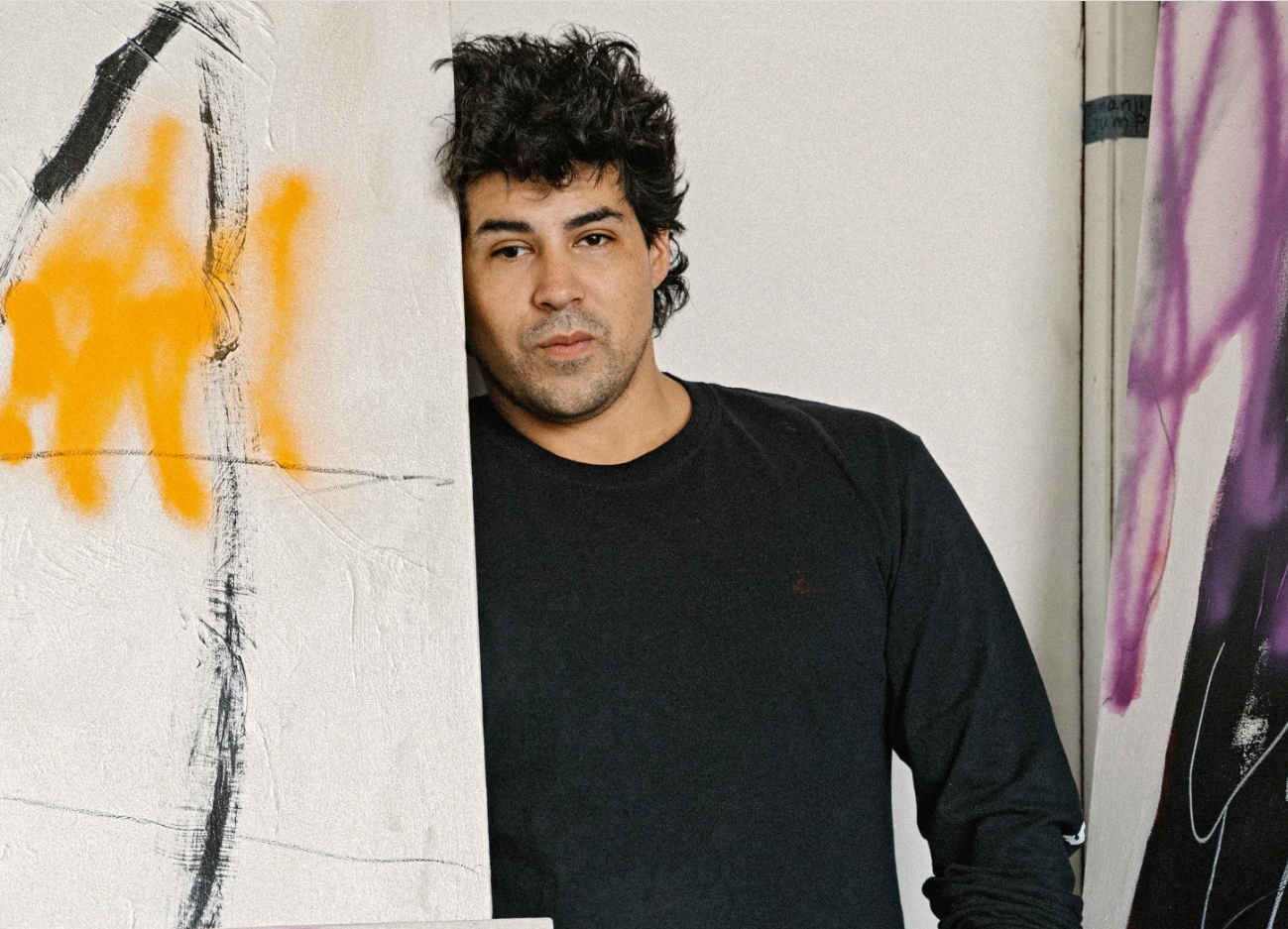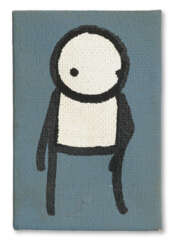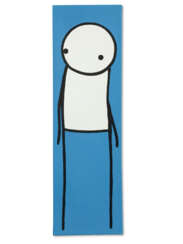Oil on canvas — Auction
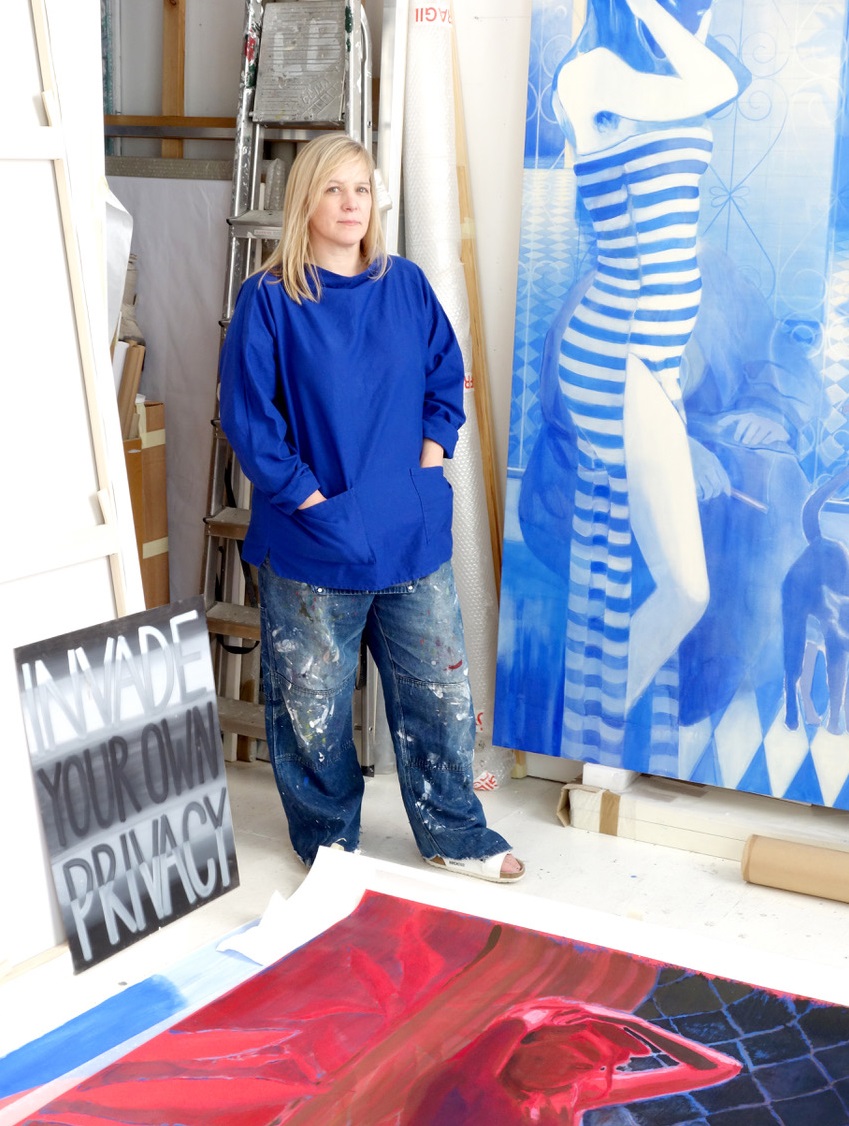
Lisa Brice is a South African painter and visual artist from Cape Town. She lives in London and cites some of her influences as her experiences growing up in South Africa during a time of political upheaval, and from time spent living and working in Trinidad.
Her work is held in collections around the world, including the Smithsonian National Museum of African Art, Johannesburg Art Gallery, The Whitworth, the High Commission of South Africa, London and the private collection of Sindika Dokolo.
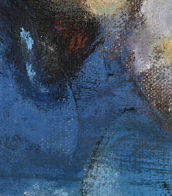

Lisa Brice is a South African painter and visual artist from Cape Town. She lives in London and cites some of her influences as her experiences growing up in South Africa during a time of political upheaval, and from time spent living and working in Trinidad.
Her work is held in collections around the world, including the Smithsonian National Museum of African Art, Johannesburg Art Gallery, The Whitworth, the High Commission of South Africa, London and the private collection of Sindika Dokolo.

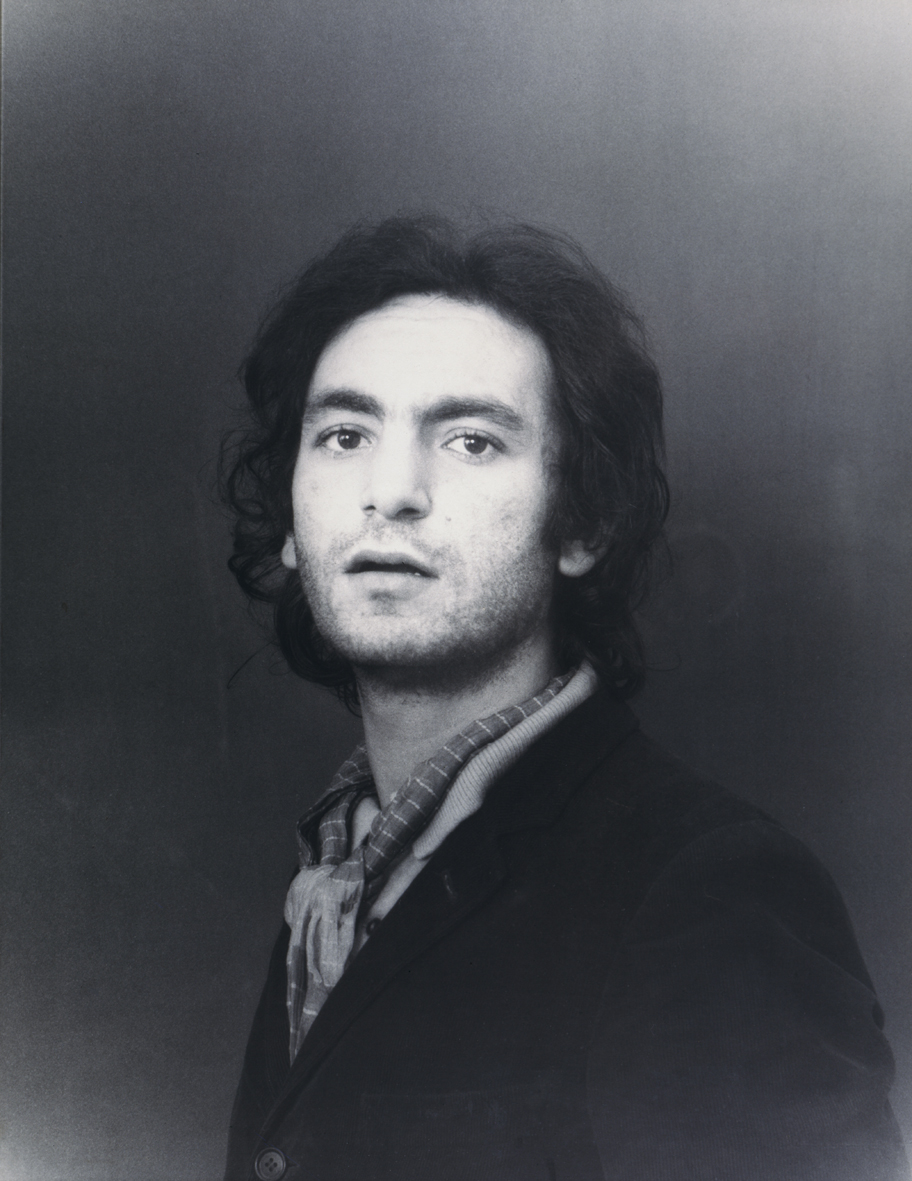
Salvo, real name Salvatore Mangione, was an Italian painter and sculptor who lived and worked in Turin.
He is known for his landscapes and still-lifes painted in vivid colors. Salvo also worked with marble, carving inscriptions on it.

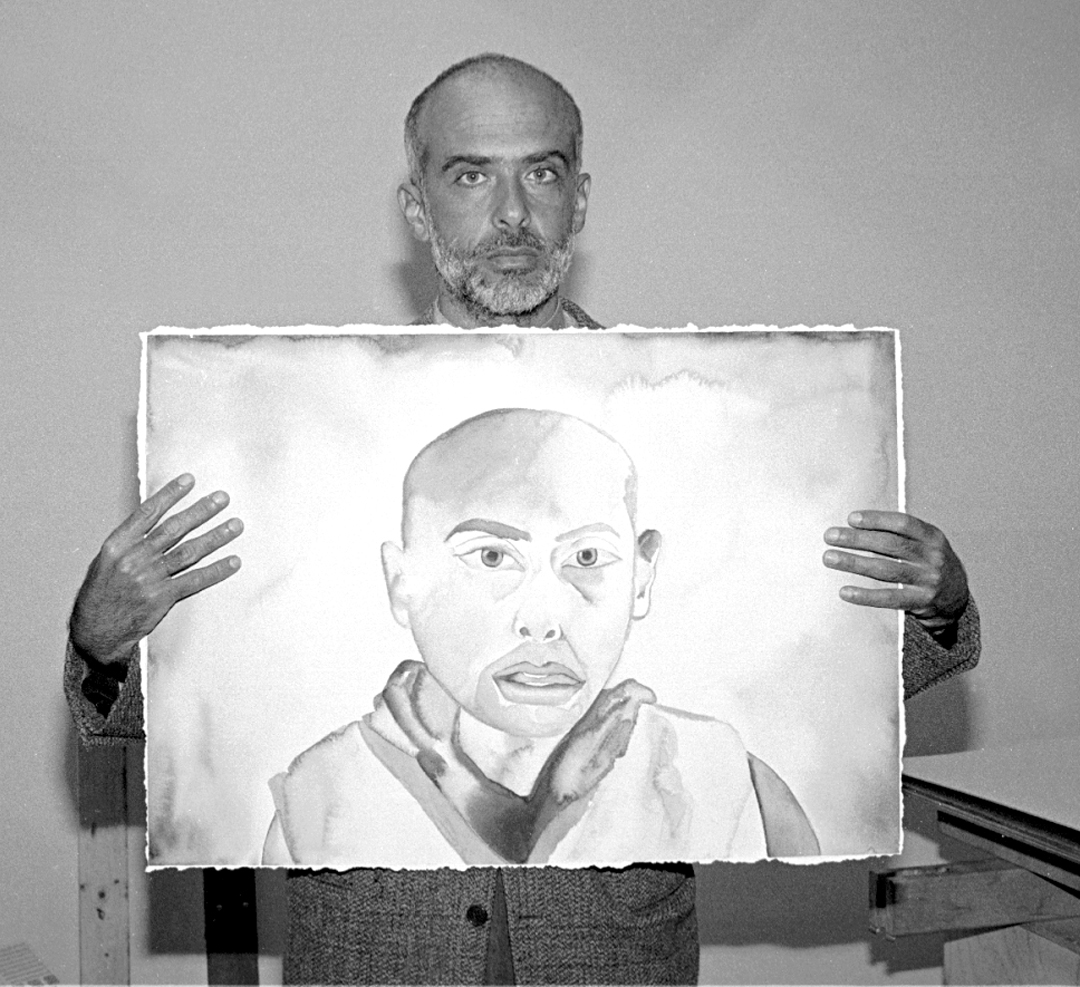
Francesco Clemente is an Italian contemporary artist. He has lived at various times in Italy, India and New York City. Some of his work is influenced by the traditional art and culture of India. He has worked in various artistic media including drawing, fresco, graphics, mosaic, oils and sculpture. He was among the principal figures in the Italian Transavanguardia movement of the 1980s, which was characterised by a rejection of Formalism and conceptual art and a return to figurative art and Symbolism.

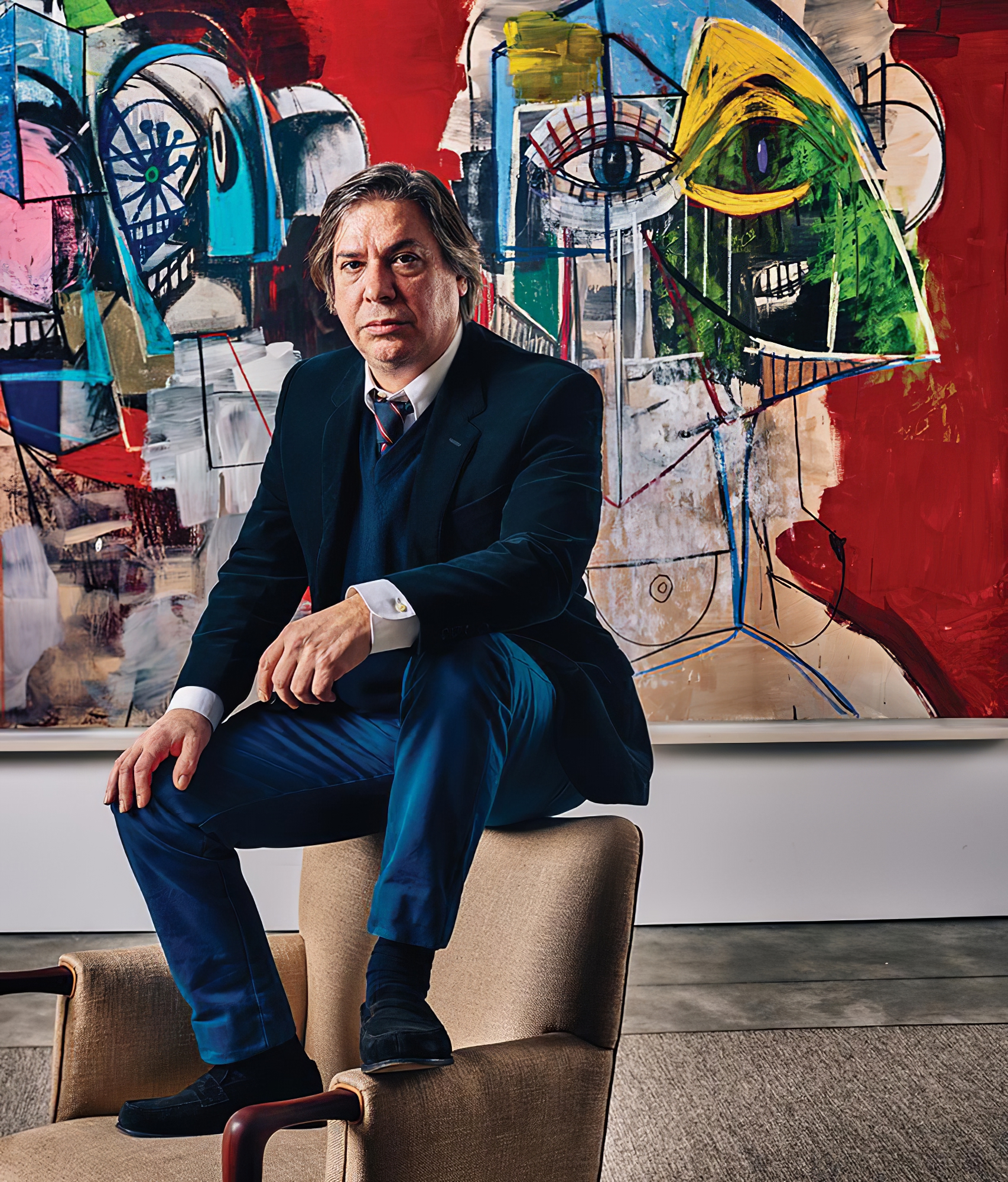
George Condo is an American visual artist who works in painting, drawing, sculpture and printmaking.

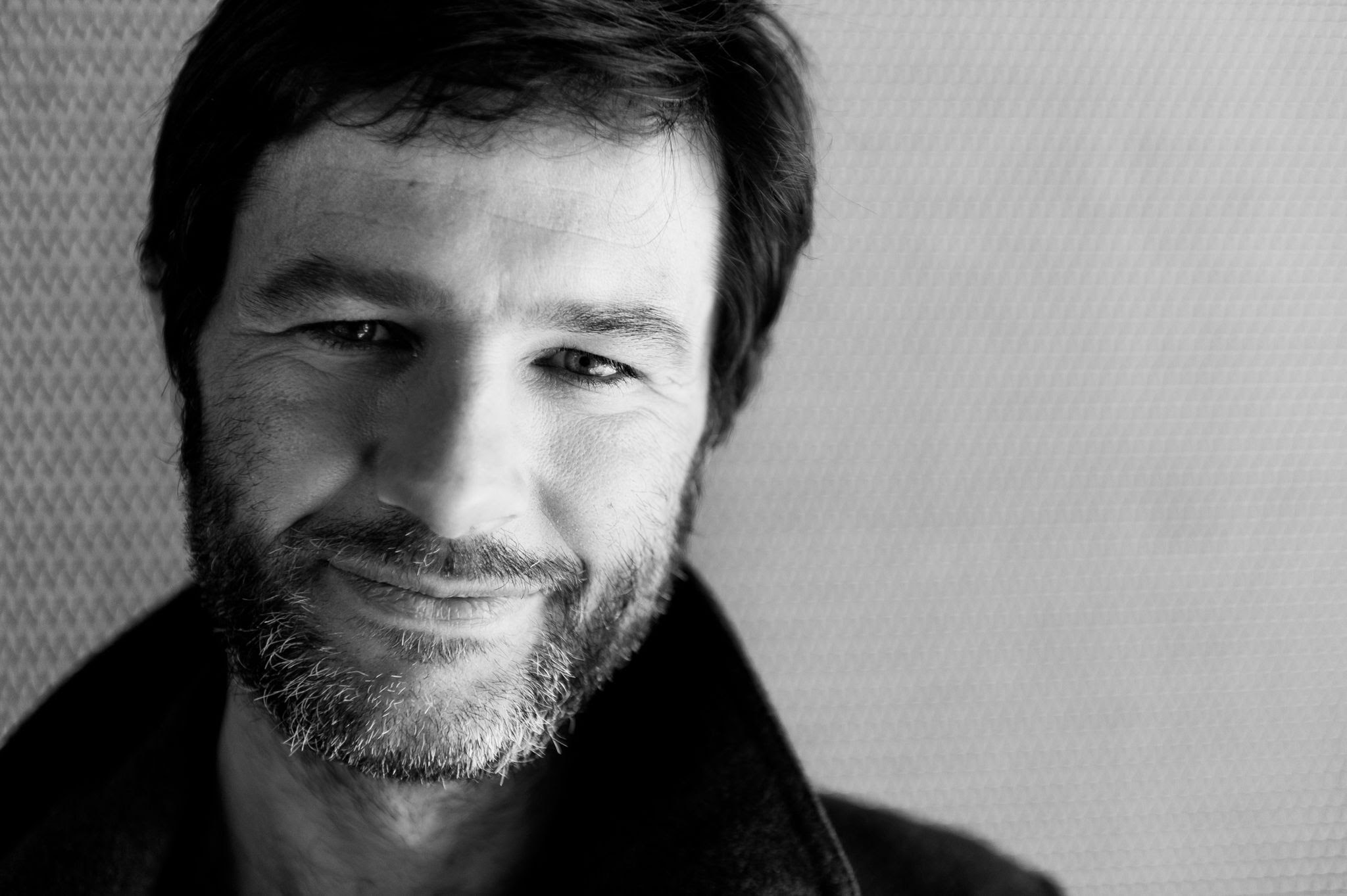
Wilhelm Sasnal is a Polish painter, photographer, poster artist, illustrator and filmmaker.
Sasnal graduated from the Academy of Fine Arts in Krakow, specializing in painting. Besides painting, he creates drawings in pencil and ink. The artist takes his subjects from everyday life, using images from media, propaganda and pop culture. Sasnal often paints from photographs and moves freely from figurative painting to abstraction.
Wilhelm Sasnal is considered one of the most prominent and internationally successful Polish contemporary artists.

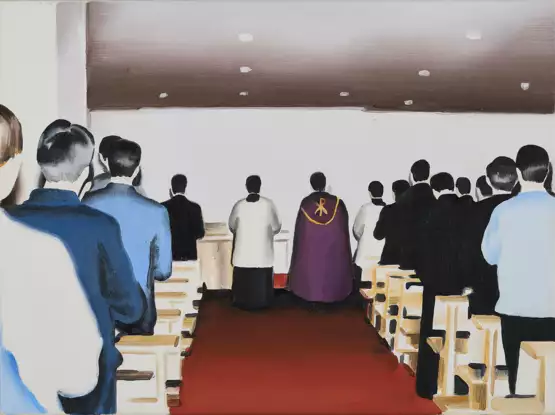
Marcin Maciejowski – is a contemporary Polish artist renowned for his humorous and candid observations of the everyday life. Painting from commercials, television series, newspapers, the internet, art history and his own experiences, Maciejowski is a keeper of our contemporary conditions.

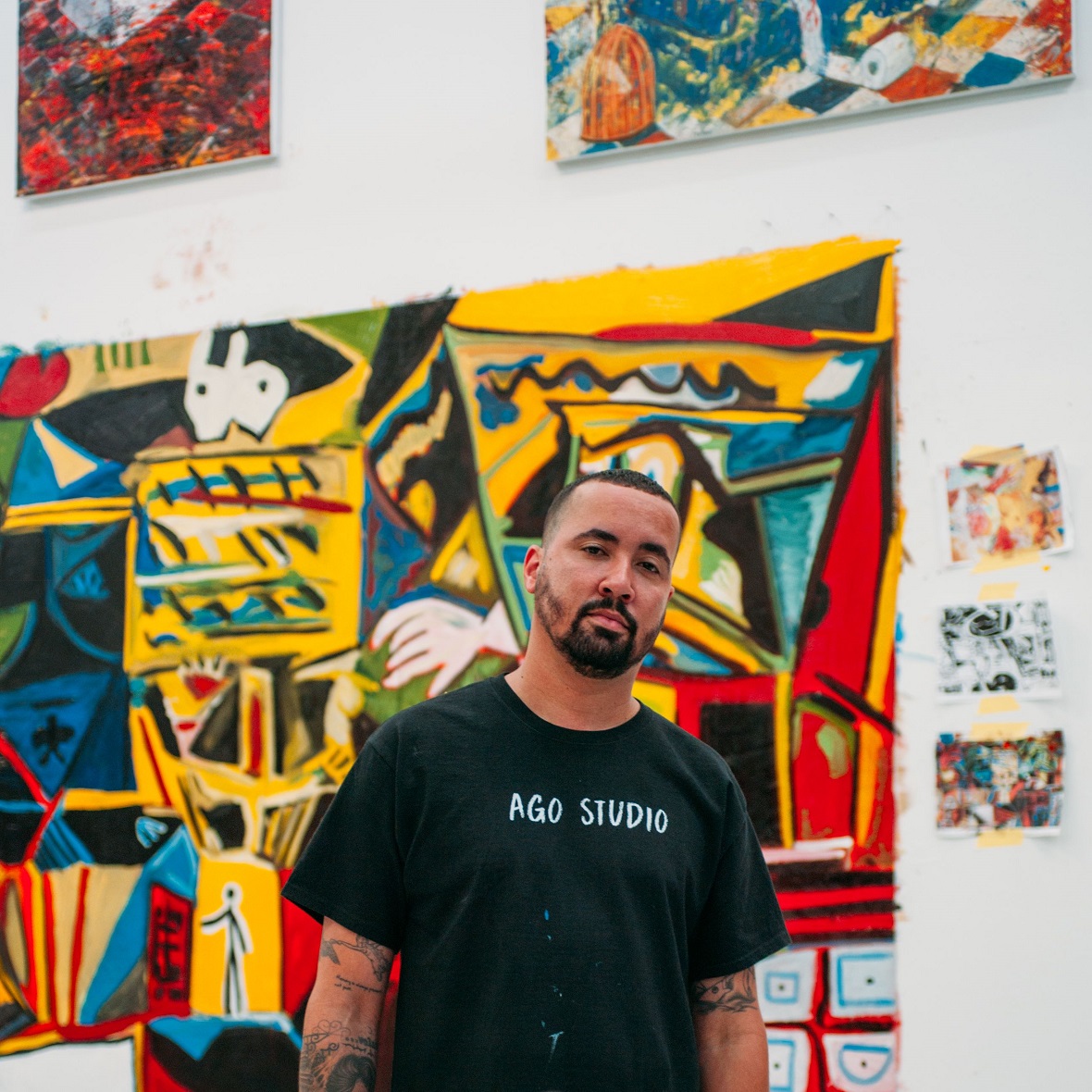
Angel Otero is a contemporary visual artist.
Stylistically, Otero practices a process-based art that combines painting and assemblage. Otero has exhibited internationally in solo and group exhibitions.

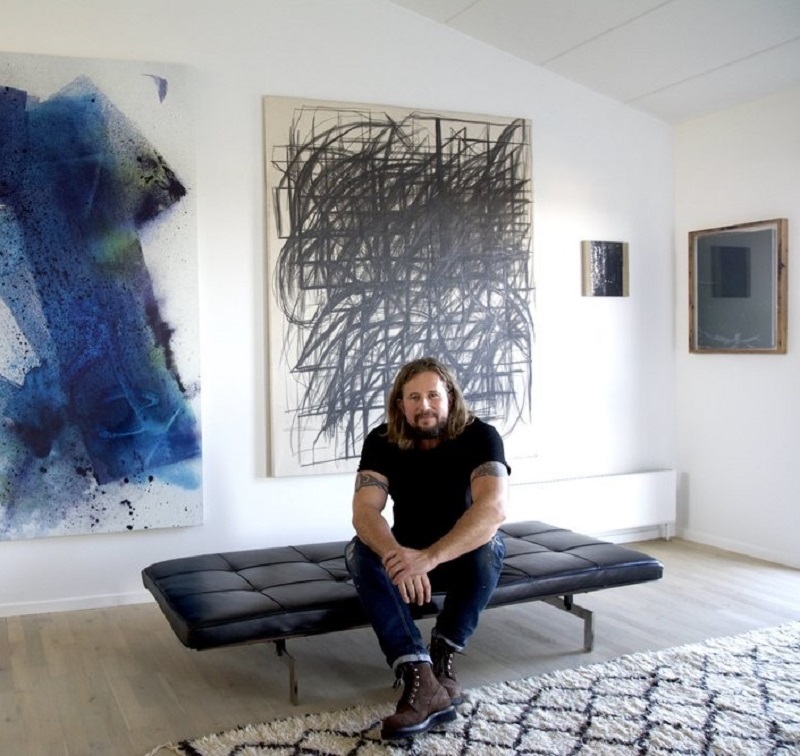
Sergej Jensen is a contemporary Danish artist, known for his sparse paintings that highlight the formal intricacies of a painting’s structure. Through muted hues and eclectic mark-making, Jensen probes the subtly of materials. His work is perhaps best understood in the context of other Minimalist painters like Michael Krebber, Robert Ryman, and Blinky Palermo. Jensen has described his practice as "Painting without paint." His surfaces and materials are handled in a manner that the most delicate scrubbed and patinated areas act as expressive marks.
Sergej Jensen’s work draws on a wide range of materials and formal references. Primarily known for his textile works, his lyrical compositions incorporate a variety of fabrics, from burlap and linen to silk and wool.

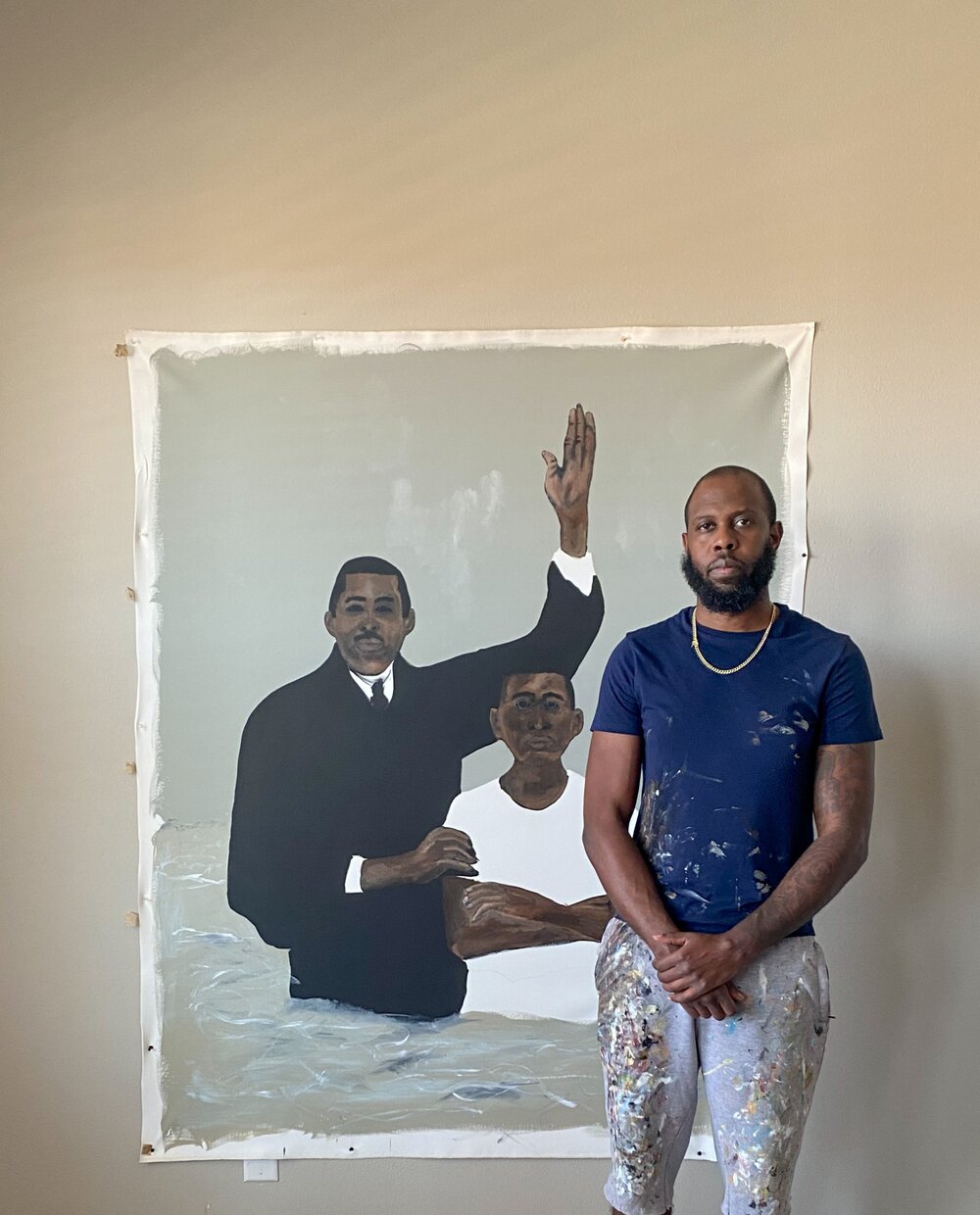
Jammie Holmes is an American painter and public artist. As a painter, he is known for work that represents scenes of Black life in the American deep south, paying particular attention to the contrast of Louisiana as a hub of hospitality and as a place with a deep history of poverty and racism. He has been described as a self-taught painter.

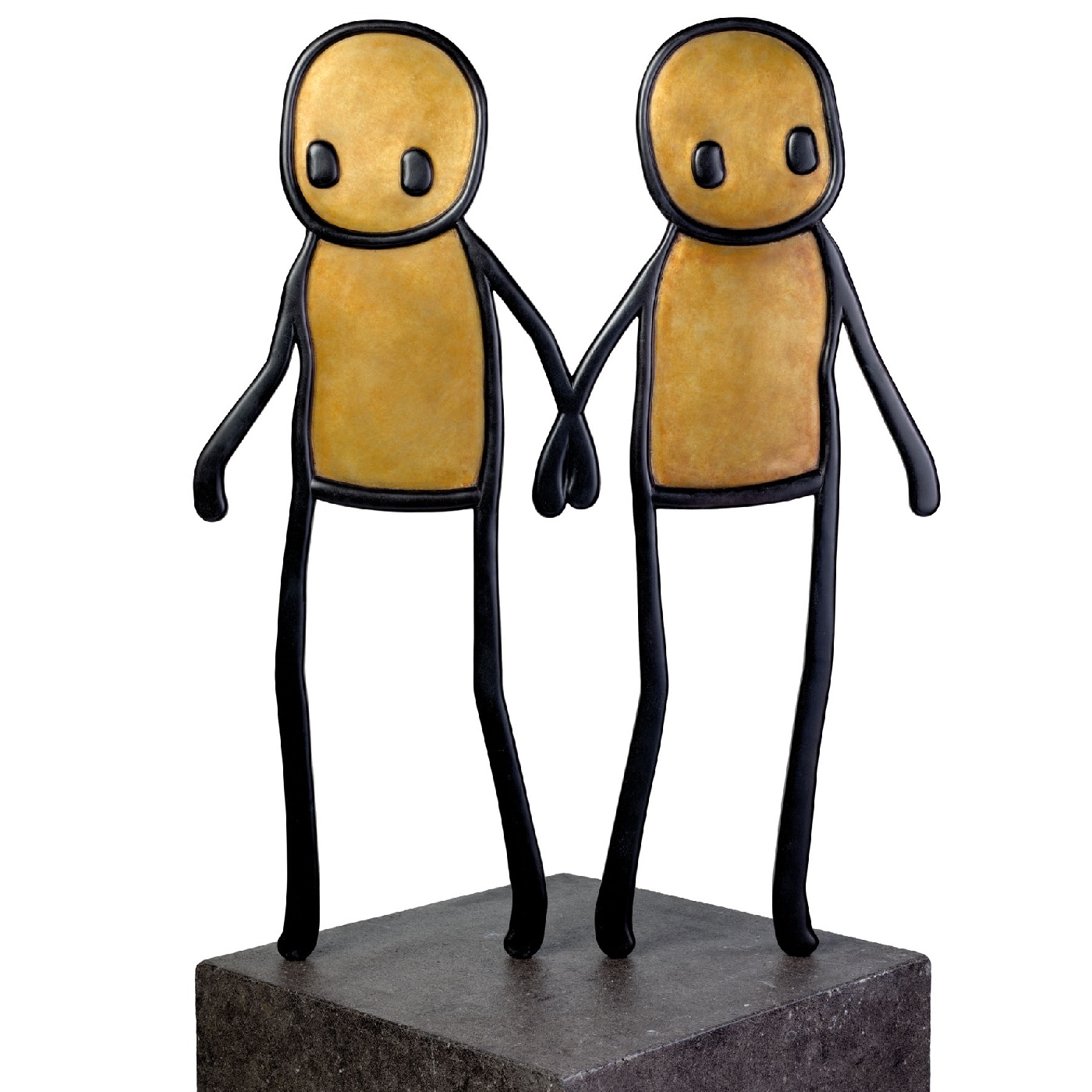
STICK is the pseudonym of a British sculptor and street art artist. STICK is known for his emotional style of stick figures and his commitment to radical social ideas.


STICK is the pseudonym of a British sculptor and street art artist. STICK is known for his emotional style of stick figures and his commitment to radical social ideas.


STICK is the pseudonym of a British sculptor and street art artist. STICK is known for his emotional style of stick figures and his commitment to radical social ideas.

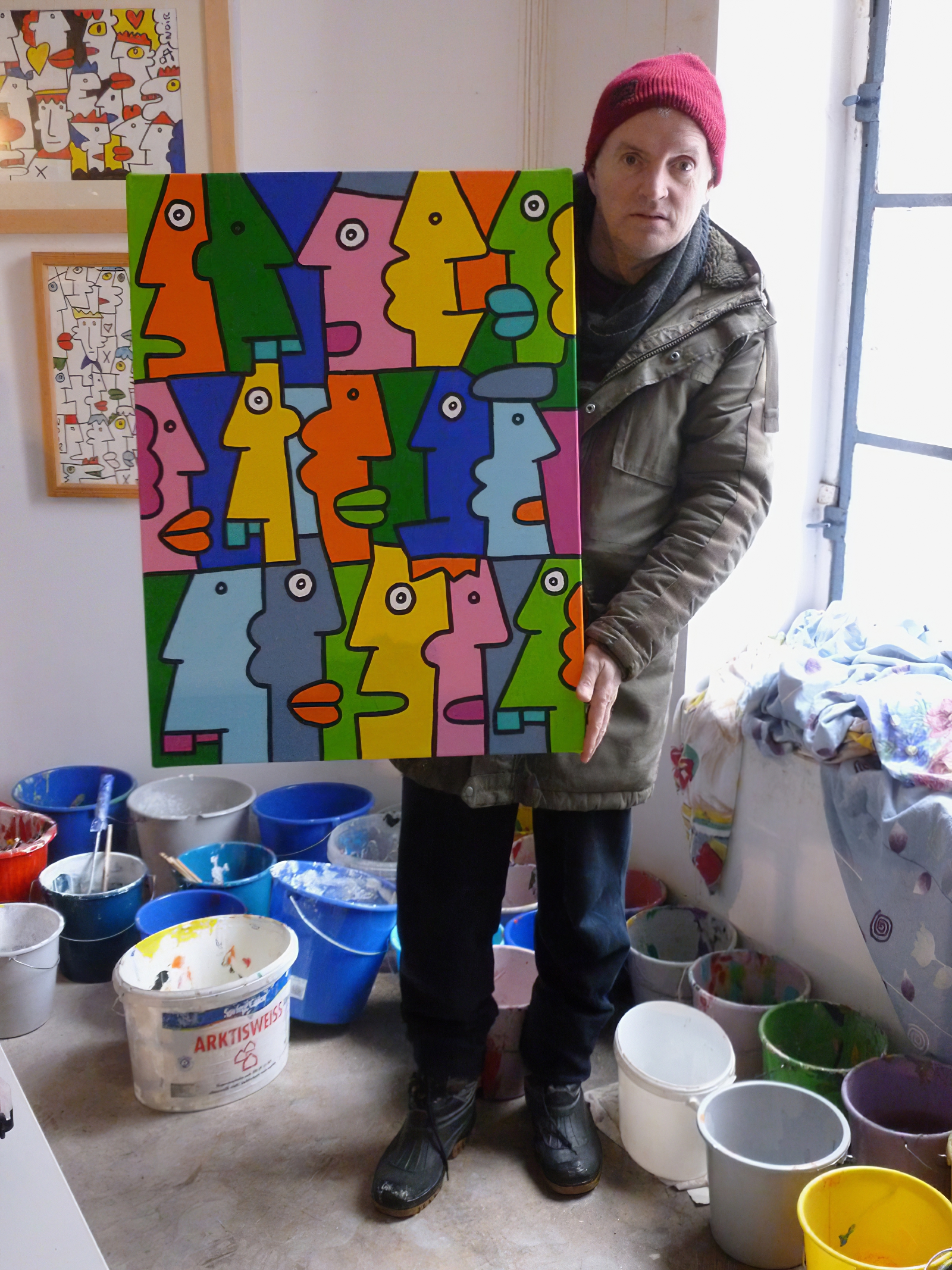
Thierry Noir is a French artist and muralist based in Berlin. He is considered the first artist to paint the Berlin Wall in the 1980s. He created brightly-colored paintings across large spans of the Berlin Wall and some of these original paintings can still be seen on surviving segments of the Wall in art collections and on the East Side Gallery. Noir's work and style are now considered iconic, and Noir is also regarded as one of the forerunners of the street art movement as a whole. He continues to create murals worldwide in cities including London, Los Angeles, and Sydney.


Thierry Noir is a French artist and muralist based in Berlin. He is considered the first artist to paint the Berlin Wall in the 1980s. He created brightly-colored paintings across large spans of the Berlin Wall and some of these original paintings can still be seen on surviving segments of the Wall in art collections and on the East Side Gallery. Noir's work and style are now considered iconic, and Noir is also regarded as one of the forerunners of the street art movement as a whole. He continues to create murals worldwide in cities including London, Los Angeles, and Sydney.

